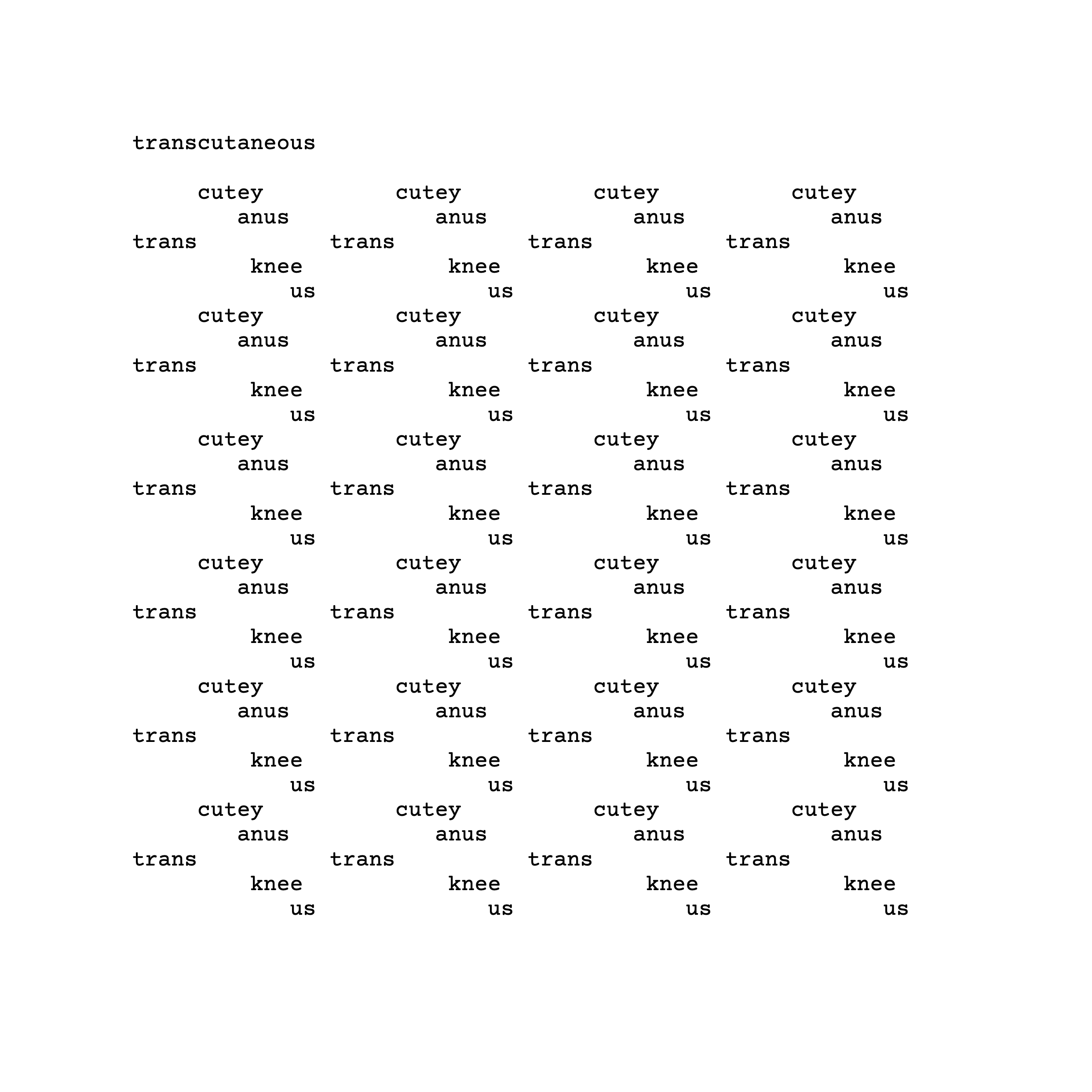Work in Progress
Transsexual Slowcore Demos, 2025-

Sketches for bass guitar and drum machine.
for Bob, 2024-

Trans woman artist living and working in Turku, Finland
Work in Progress
Selected Works
Museum of Unrealised Proposals
damiá modal music machine
trans- prefix (CHANGE)
Faircamp
ruby at rubylouiserose dot com

Sketches for bass guitar and drum machine.
